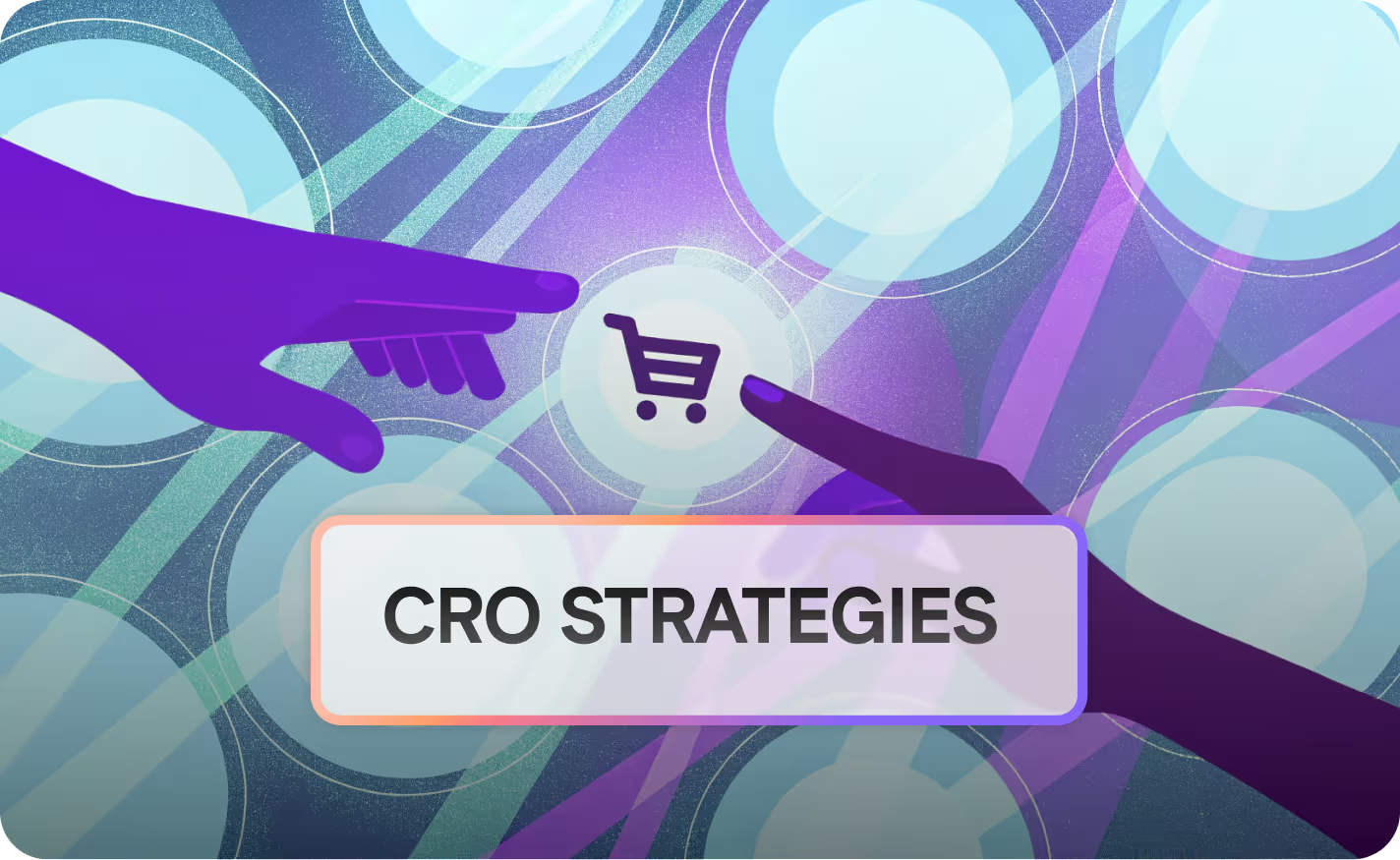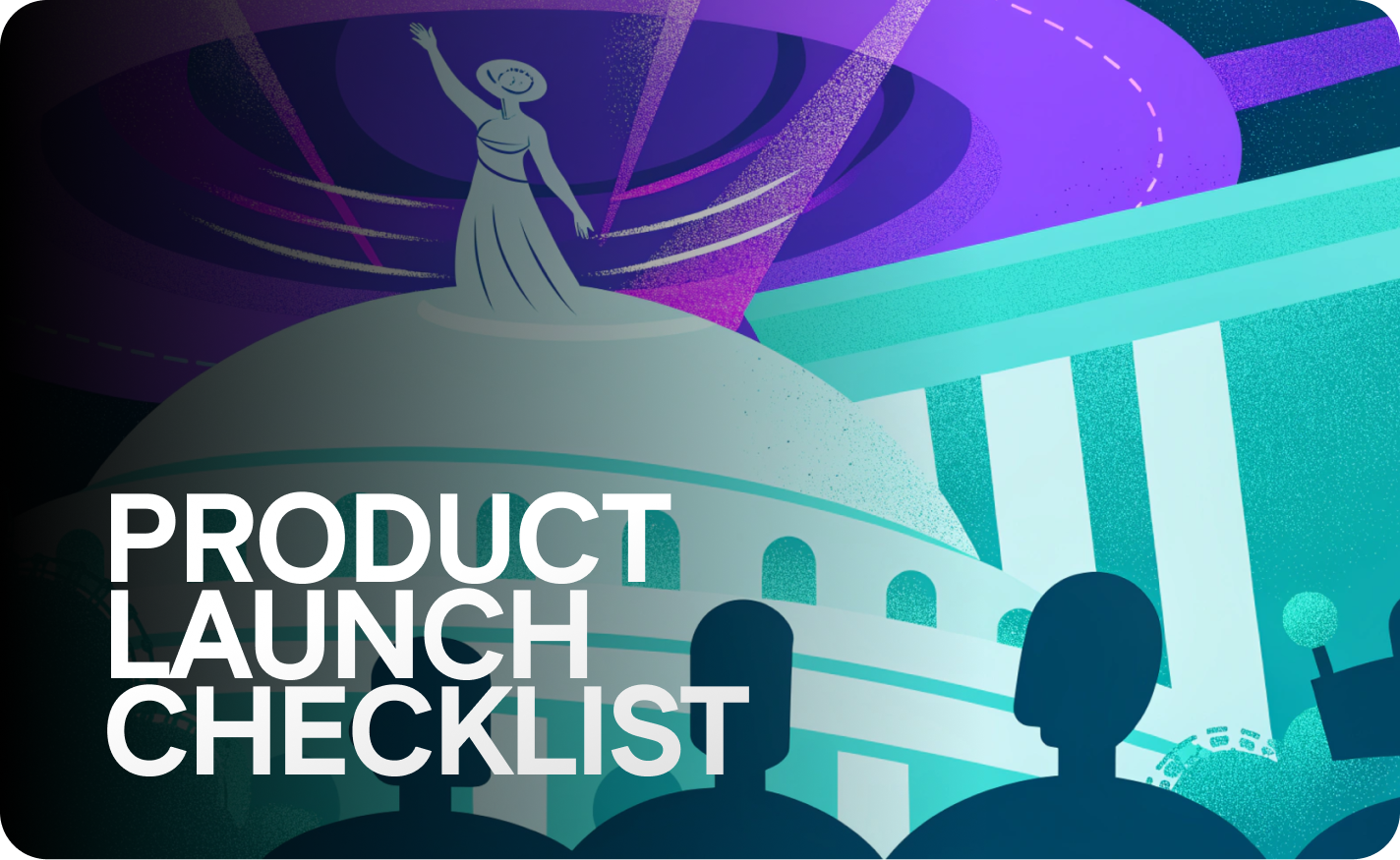Product Launch Plan Template: Strategies for a Successful Launch

Intro to Product Launch Plan

Launching a new product or service is a complex undertaking that requires careful planning and execution. A well-defined product launch plan is essential to ensuring a successful launch, maximizing market impact, and achieving your business goals. This article provides a comprehensive template and strategies to guide you through the product launch process, from initial planning to post-launch analysis. Let's delve into the essential elements that make a product launch truly impactful.
Understanding the Winning Product Launches
A product launch marks the official introduction of a new product or service to the market. This pivotal event encompasses a series of coordinated activities designed to generate awareness, drive adoption, and establish the product's position within its competitive landscape. The goal of any product launch is to bring the new product to market in a way that resonates with the target audience. A carefully orchestrated product launch plan ensures that all aspects of the launch process are aligned and executed effectively.
Definition of a Product Launch
At its core, a product launch is the strategic effort to bring a new product or service to market, ensuring it reaches the target audience effectively. This involves more than just releasing the product; it includes creating awareness, generating interest, and driving initial sales. A successful product launch sets the stage for long-term growth and market penetration. The product launch activities should be aligned with the overall marketing strategies.
Importance of a Well-Structured Launch Plan
A well-structured product launch plan is crucial for coordinating all the moving parts of a launch, from product development to marketing campaigns. It serves as a roadmap, ensuring that everyone on the product team and marketing team is aligned and working toward the same goals. According to [Asana's 2025 template], using Gantt views for dependency mapping can reduce overload by 25% through risk-adjusted sequencing. A detailed launch plan helps to identify potential roadblocks, allocate resources effectively, and track progress throughout the launch process.
Key Elements of a Successful Launch
A successful product launch incorporates several key elements. These elements encompass a range of considerations, including:
- A clear understanding of the target audience and their needs.
- Effective product positioning, defining how the product is perceived in the market.
The go-to-market strategy outlines how the product will reach customers, including distribution channels and pricing. According to Aha!'s, tracking features and milestones across quarters can improve forecasting accuracy by 20%. Finally, a robust marketing plan that includes various launch activities such as email marketing and launch events is essential for driving product adoption.
Creating an Effective Product Launch Plan

Identifying Goals and Objectives
Before diving into the specifics of your product launch plan, it's essential to clearly define your launch goals. What do you hope to achieve with this new product launch? Are you aiming for rapid product adoption, significant market share, or establishing a new category? Setting measurable objectives, such as a specific number of users or revenue targets, will provide a clear direction for your marketing efforts and allow you to track your progress. According to Celoxis, risk-adjusted planning helps achieve 30% smoother rollouts via audits. An effective product launch starts with a clear understanding of what you want to accomplish.
Researching Market Needs and Trends
Understanding your target audience and the current market landscape is paramount for a successful launch. Conduct thorough market research to identify unmet needs, emerging trends, and competitive offerings. Analyzing customer feedback, conducting surveys, and monitoring industry reports can provide valuable insights. Knowing what your target audience wants and how your product features address those needs will inform your product positioning and go-to-market strategy. By understanding market dynamics, you can tailor your marketing campaigns to resonate with potential customers and maximize product adoption.
Developing a Comprehensive Checklist
A detailed product launch checklist is an indispensable tool for managing the myriad tasks involved in bringing a product to market. This checklist should cover all aspects of the launch process, including:
- Product development and testing
- Marketing and sales activities
Include tasks such as creating marketing materials, setting up distribution channels, training sales teams, and preparing customer support resources. Assign ownership and deadlines to each task to ensure accountability and keep the launch timeline on track. Regularly review and update the product launch checklist to reflect any changes or adjustments to the launch plan.
Strategies for a Successful Product Launch

Utilizing Gantt Charts for Dependency Mapping
When embarking on a product launch, product management teams often seek effective product launch strategies to streamline operations. Gantt charts provide a visual representation of the launch timeline, mapping dependencies and milestones. This dependency mapping reduces overload by 25% through risk-adjusted sequencing. These charts enable product teams to identify critical paths, allocate resources efficiently, and ensure all launch activities are aligned. By leveraging Gantt charts, organizations can enhance launch coordination, minimize delays, and optimize their overall product launch plan, which ultimately leads to a more successful launch.
Risk Management Techniques for Smoother Rollouts
To ensure a successful launch, implementing robust risk management techniques is crucial. Risk-adjusted planning with identification and response strategies can lead to 30% smoother rollouts via audits. These protocols sequence threat responses, auditing timelines for continuous dependency scans. By identifying potential risks, such as product development delays or marketing campaign underperformance, product teams can proactively develop mitigation strategies and contingency plans. A comprehensive risk management approach minimizes disruptions, ensuring the launch process remains on track and the product reaches the market as planned, leading to an effective product launch.
Leveraging Session Replays for Feedback
Incorporating user feedback into the product launch process is essential for optimizing the product and enhancing its market acceptance. Incorporating user feedback into the product launch process is essential for optimizing the product and enhancing its market acceptance. By replaying task chains, teams can make on-the-fly dependency adjustments, monitor milestone trajectories with engagement logs, and halve rollout delays using path-informed optimizations. With LiveSession you can record user interactions with your product, providing valuable insights into their behavior, pain points, and preferences. Analyzing these session replays can help you identify areas for improvement, fine-tune the user experience, and increase product adoption during the launch phase, thus ensuring a more successful launch.
Types of Product Launches

Soft Launch vs. Hard Launch
A soft launch involves releasing the new product to a limited target audience or a specific geographic region before the full-scale launch. This approach allows product teams to gather feedback, identify bugs, and make necessary adjustments before the broader product release. In contrast, a hard launch involves releasing the product to the entire target audience simultaneously. The choice between a soft launch and a hard launch depends on the product's complexity, the product team's confidence, and the desired level of control over the launch process. Both approaches should be carefully planned as part of the product launch plan.
Sequential vs. Simultaneous Launches
A sequential launch involves releasing different product features or versions in a phased manner. This approach allows product teams to prioritize key functionalities, gather feedback on each release, and iterate based on user responses. A simultaneous launch, on the other hand, involves releasing all product features or versions at once. The decision between a sequential and simultaneous launch depends on the product's complexity, the marketing strategies, and the desired impact. An effective product launch is achieved by carefully choosing between these strategies and planning accordingly within the product launch plan.
Case Studies of Successful Launches
Examining case studies of successful launches provides valuable insights and best practices for product teams to emulate. Analyzing these case studies can reveal common themes, such as a deep understanding of the target audience, effective product positioning, and a well-executed marketing plan. By studying both successes and failures, product managers can learn from past experiences and apply those lessons to their own product launch plan. Ultimately, understanding what has worked well (and what hasn't) in previous product to market initiatives can significantly increase the likelihood of a successful launch for their own new product launch.
Ready to transform your product launch strategy? See how LiveSession can help you replay user sessions, track engagement, and optimize your launch plan in real-time. Sign up for LiveSession right now and capture your first session replay: eliminate 70% of launch pitfalls, spike conversions 25%, and propel your cluster to 1300+ monthly dominators. No more theoretical plans—deploy data-driven wins that convert visitors to subscribers today.
Finalizing Your Launch Roadmap

Setting a Realistic Launch Date
Establishing a realistic launch date is a critical step in the product launch process. Consider all the factors that could impact your launch timeline, such as product development progress, marketing campaign preparation, and resource availability. Avoid setting overly ambitious deadlines that could lead to rushed or incomplete work. Conduct a thorough assessment of each task's estimated duration and potential dependencies. A carefully considered launch date increases the likelihood of a smooth and successful launch, setting the stage for long-term product adoption and market success. With LiveSession you can monitor each launch activity and improve your product launch plan.
Planning for the Launch Event
The launch event is a pivotal moment to generate excitement and awareness for your new product. Whether it's an in-person conference, a virtual webinar, or a media announcement, careful planning is essential. To ensure success, you need to define key elements:
- Showcasing product features.
- Engaging with the target audience.
- Securing media coverage.
Develop a detailed agenda, identify speakers or presenters, and create compelling content. Email marketing campaigns are a great way to promote your event and drive attendance. A well-executed launch event can significantly boost product positioning and drive initial product adoption and therefore improve your product launch.
Post-Launch Evaluation and Adjustments
Post-launch evaluation is crucial for understanding the success of your product launch plan and identifying areas for improvement. Monitor key performance indicators (KPIs) such as website traffic, conversion rates, customer feedback, and sales figures. Analyze the data to assess whether you achieved your launch goals and met your objectives. Be prepared to make adjustments to your marketing efforts, product features, or go-to-market strategy based on the evaluation findings. Continuous improvement ensures that your product launch remains effective and maximizes its impact on the market. With LiveSession you can track your launch KPIs with detailed engagement logs.
Sign Up for LiveSession to Optimize Your Launch

Ready to optimize your next product launch? With LiveSession, you can gain valuable insights into user behavior and identify areas for improvement. By replaying user sessions, you can understand how users interact with your product features, uncover pain points, and make data-driven decisions to enhance the user experience. This leads to increased product adoption and a more successful launch.
Don’t leave your launch to chance - leverage the power of LiveSession to drive better outcomes.
Transform Your Launch with Data-Driven Insights
Transform your approach to launching a product by leveraging data-driven insights with LiveSession. Understand exactly how users are interacting with your new product launch, what they love, and what causes friction. Use this understanding to refine your messaging, improve your marketing strategies, and optimize your product features for maximum impact. A data-driven approach ensures that every decision is informed by real user behavior, increasing your chances of a successful launch and long-term growth. Believe in the potential for all your team members to act on product data and bring value to a better product.
Capture Your First Session Replay Today
Don't wait to start optimizing your launch process. Capture your first session replay today with LiveSession and unlock a wealth of valuable insights. Seeing how users interact with your product firsthand can reveal opportunities for improvement that you might otherwise miss. It’s simple to set up in minutes. You'll squash bugs quickly with dev tools, console logs, and network requests. Better error detection means a bug-free product. Start your journey towards more effective product launches by signing up for LiveSession now and see the difference data-driven insights can make.
Related articles
Get Started for Free
Join thousands of product people, building products with a sleek combination of qualitative and quantitative data.




